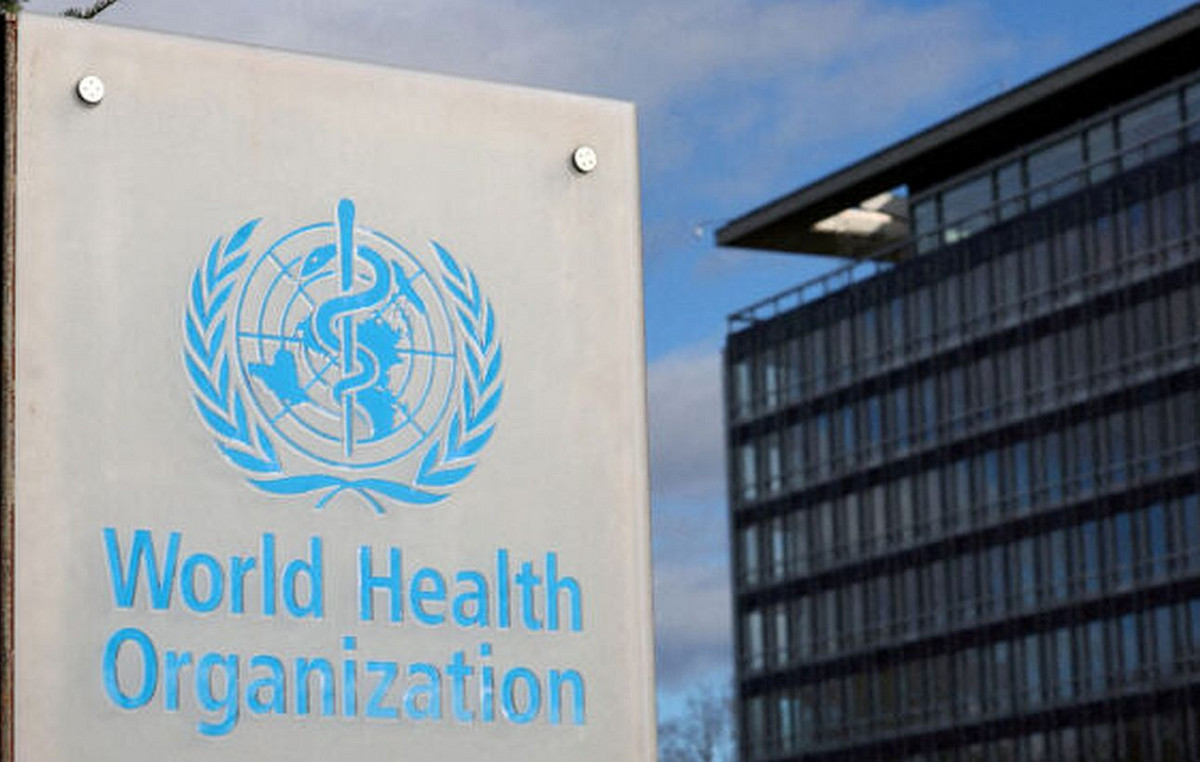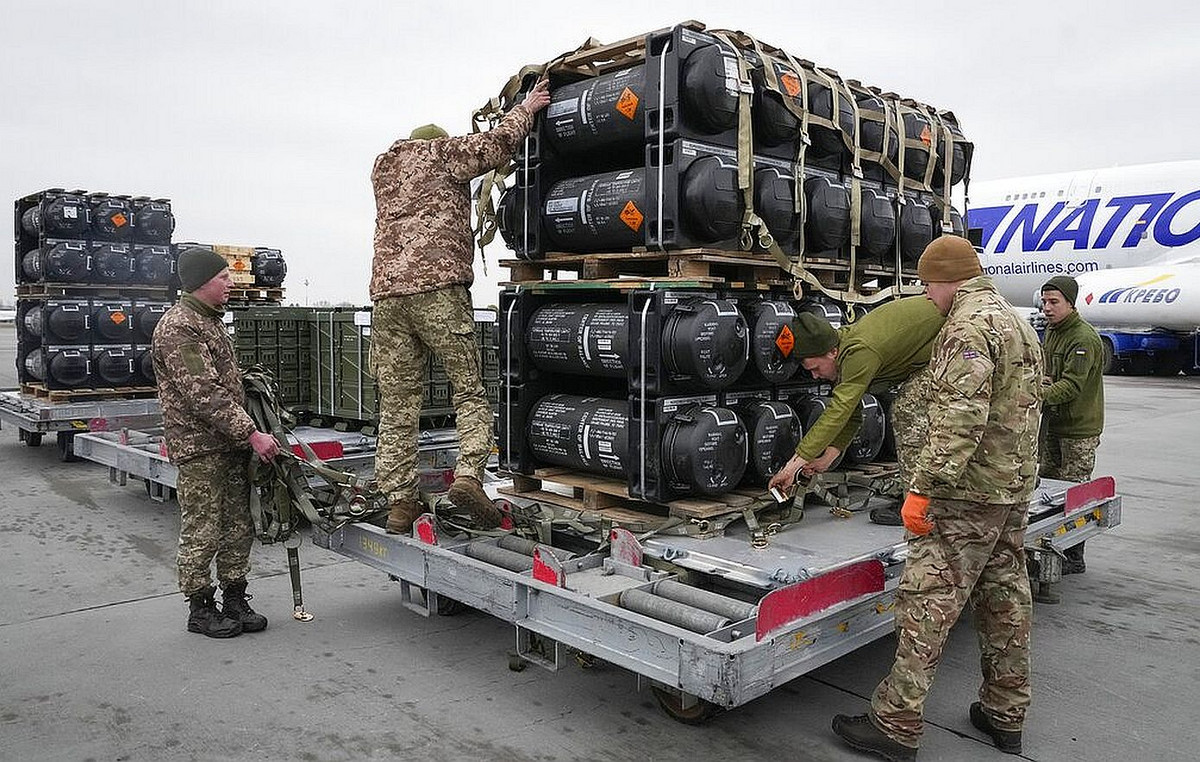When the astronauts Suni Williams and Butch Wilmore left Earth for the International Space Station two months ago, they gave up their belongings in favor of essential equipment. The two left without their personal items in maiden crewed flight of Boeing’s Starliner spacecraft expected to return to Earth within a week.
However, they have now been on the space station for over 60 days, and NASA has raised the possibility that they could remain there until early 2025 due to problems with the Starliner.
That extension is not certain, with NASA officials waiting for disagreements within the space agency to be resolved over the safety of Starliner. A decision is expected by mid-August, NASA said.
The agency has indicated that a delay of several months may be necessary if Starliner is deemed unsafe and they need to resort to Plan B — returning astronauts to Earth aboard a SpaceX Crew Dragon capsule.
What exactly would Williams and Wilmore do for another six months in space?
The two are currently guests on the International Space Station. They are not part of Expedition 71, the international team of seven astronauts who serve as the space station’s official personnel. However, NASA said they have integrated seamlessly into the group, taking on daily duties aboard the orbiting laboratory.
But if their stay is extended into February, as NASA has said could happen if Starliner is unable to bring them back, Williams and Wilmore would become full-time members of the expedition team.
They would take on typical crew duties, such as conducting spacewalks outside the space station, maintaining the orbiting laboratory and running a tight schedule of science experiments. And NASA has confirmed that the Starliner astronauts are prepared to make that transition.
“We made a decision a few years ago — knowing this was a test flight — to make sure we had the resources, supplies and training in place for the crew in case they needed to stay on the International Space Station, for whatever reason, for an extended period of time,” Dana Weigel, NASA’s International Space Station program manager, said during a briefing Wednesday (7).
“Butch and Suni are fully trained,” Weigel added. “They are capable and up to date with spacewalks, robotics, all the things we need them to do.”
Joining Crew-9
Nothing is certain, but NASA indicated last week for the first time that it is considering sending the Starliner spacecraft home empty. That wouldn’t leave Williams and Wilmore in space indefinitely; they would be earmarked for a return on SpaceX’s Crew-9 mission.
Crew-9 — a routine trip to the space station to resupply the expedition team — is currently scheduled to fly with four astronauts: NASA astronauts Zena Cardman, Nick Hague and Stephanie Wilson, and cosmonaut Aleksandr Gorbunov of the Russian space agency Roscosmos.
Under NASA’s contingency plan for Starliner, two of those astronauts would be removed from the mission, though officials have not revealed which crew members.
The Crew Dragon spacecraft would then fly with two empty seats to the International Space Station — blasting off no later than Sept. 24, based on the most recent dates released by NASA.
Ballast, or pieces of metal that serve as dead weight, would fly on the two empty seats in Crew-9 to maintain the ship’s center of gravity.
The two Crew-9 astronauts would then join Williams and Wilmore aboard the space station, and the four would complete the Expedition 72 team, which will include additional Russian cosmonauts and is scheduled to begin in September after a transition period.
As is typical for space station missions that join an expedition, the Crew-9 astronauts will remain on board for about five or six months — leaving Williams and Wilmore in space for another half a year on top of the two months they’ve already spent extra.
Once part of Crew-9, they will fall into a structured routine, with their days planned out down to the hour.
Olympics in orbit
The astronauts have already settled into some of that day-to-day work, even though there is no confirmation of their return date. Recent updates from NASA said Williams and Wilmore have used their time so far to help maintain the space station, inspecting hardware, organizing cargo, performing checks on Starliner and assisting with science experiments and technology demonstrations.
However, Williams and Wilmore also had opportunities to have fun in microgravity. NASA released footage on July 26 of the astronauts passing a plastic torch around the space station and mimicking Olympic events — exercising is an important task for astronauts to avoid losing too much muscle mass and bone density while in space.

Williams, for the record, has already proven her abilities as a standout space athlete.
In 2012, during an earlier trip to the International Space Station, she became the first person to complete a triathlon in space. Williams used a stationary bike, simulated swimming with a weightlifting machine and ran on a treadmill while strapped in to keep from floating away. This feat came after she had run the Boston Marathon from the space station in 2007.
Williams and Wilmore had logged a combined total of 500 days in space before embarking on the Starliner test flight. Williams even said she cried after leaving the space station following her last mission in 2012, unsure if she would ever return.
“This flight is a dream for her,” a NASA commentator said during a live broadcast of the Starliner launch on June 5.
Extended stays in space
It’s not uncommon for astronauts to unexpectedly extend their stay aboard the space station — by days, weeks, or even months.
NASA astronaut Frank Rubio, for example, was scheduled to spend about six months aboard the International Space Station on his maiden voyage to low-Earth orbit that began in September 2022. Instead, he spent 371 days in space after a fuel leak was discovered in his original capsule — a Russian Soyuz capsule — while docked at the orbital outpost.
Rubio’s yearlong stay ended up setting a U.S. record for the most continuous days in orbit. Astronauts also routinely extend their stays on the station by days at a time due to a variety of factors, including bad weather on Earth or other schedule adjustments.
No baggage
Traveling to the space station without the luggage that had been packed for the mission could have complicated the comfort of the Starliner astronauts’ extended stay. NASA opted to remove their luggage from the spacecraft to make room for a pump needed to fix a malfunctioning toilet aboard the space station.
The two astronauts may finally have received a helping hand after a Northrop Grumman resupply mission arrived at the space station on Tuesday.
“We like to keep our options open, so we have some items like clothing… some personal food items, things like that,” Bill Spetch, NASA’s operations integration manager for the International Space Station Program, said last week.
And there is no indication that food supplies are running low. Accompanying the 3.72 tons of science experiments and cargo on the Northrop Grumman ship was a food shipment that included meals and produce such as squash, radishes, carrots, blueberries, oranges, apples and coffee, according to Specch.
Still, NASA needs to make a quick decision about whether to return Williams and Wilmore — or integrate them into the regular crew rotation — because the space station’s food and other resources are not unlimited.
“While they’re up there, we have extra crew, we have extra hands, and they can do a lot more work. But they’re also consuming more supplies,” Ken Bowersox, NASA’s associate administrator for the Space Operations Mission Directorate, said Wednesday (7).
“At some point,” he added, “we need to bring these people back and get back to a normal crew size on the space station.”
Source: CNN Brasil
Charles Grill is a tech-savvy writer with over 3 years of experience in the field. He writes on a variety of technology-related topics and has a strong focus on the latest advancements in the industry. He is connected with several online news websites and is currently contributing to a technology-focused platform.







